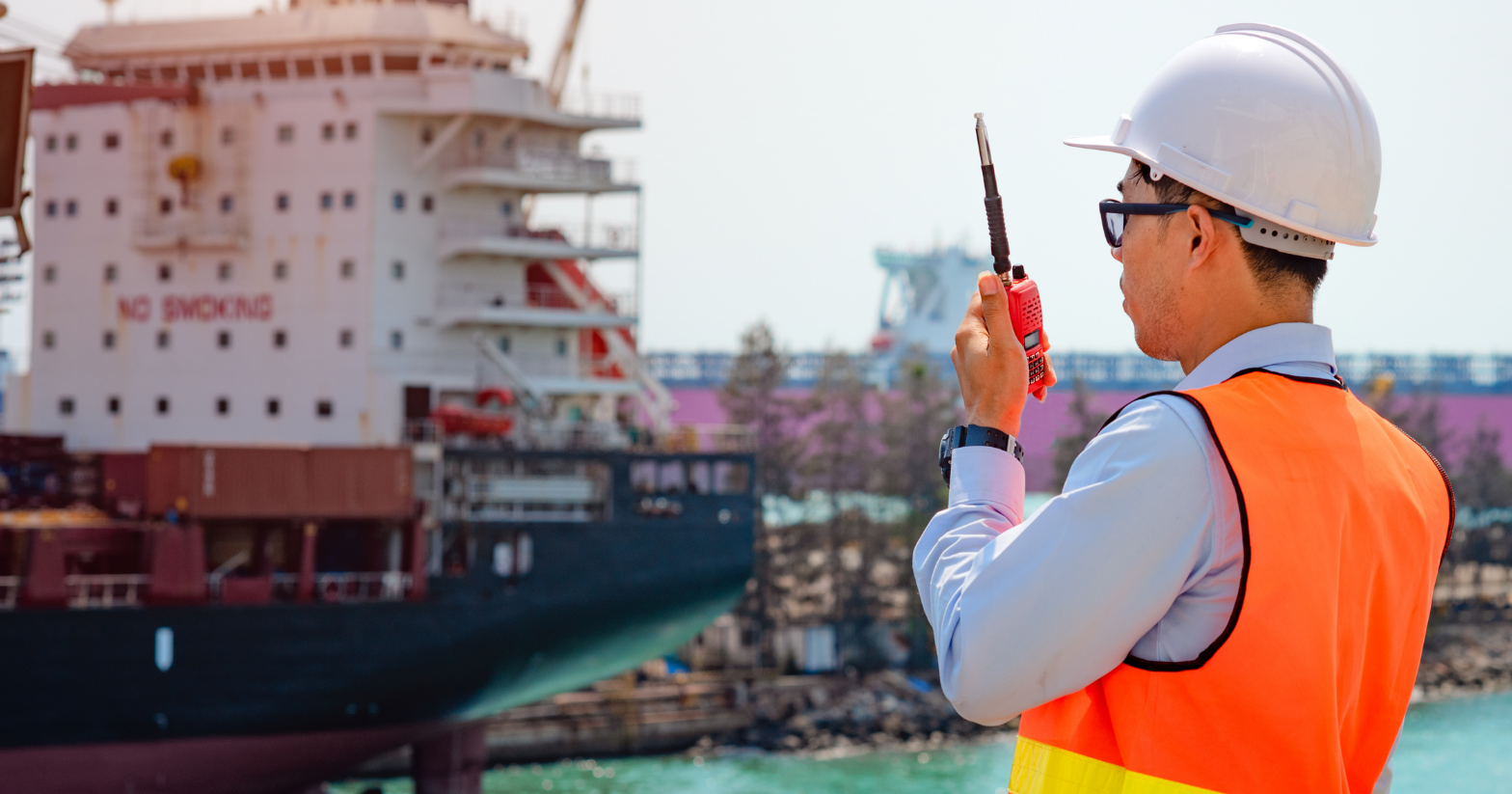An effective safety strategy is critical to maintaining a safe working environment, especially in high-risk maritime industries. The only way to connect with your team is by ensuring they are informed, adequately trained, equipped, and understand what it means to be safe on the job. We recently spoke with several safety professionals within our membership. Our second blog in this series features Bo Ristic, VP of Safety Strategy Quality at Chet Morrison Contractors, LLC. We spoke with Ristic to find out how he works to keep his teams safe.
How did you get involved in safety?
Bo Ristic: Well, my background is in commercial diving. I started in the commercial diving industry in the mid-'90s. Back then, there was still trial and error in the diving sector. Everything implemented in the diving sector had a foundation, and it still has a foundation in US Navy diving, just improved for the commercial sector. The big issue back then was decompression sickness. Execution of diving tables, processes associated with decompression, diving processes, and emergency procedures were somewhat underdeveloped. I had a big mouth about these issues with the owner of the company, and she said, "If you think you can do better, why don't you come over here and be my safety guy?" And that's how I transitioned into safety. Decades have passed, and I have no regrets.
Your organization has a safety committee. How and why was that started?
Bo Ristic: Safety leadership is everybody's business and responsibility. Therefore, we determined that establishing a safety committee at every worksite was necessary. It's a communication place where understanding risk and opportunity from a safety standpoint at that specific work location is funneled into a risk assessment. This process is later pushed into mid-management and sometimes even senior management to determine key performance indicators.
You mentioned communication. What role does communication play in your safety processes?
Bo Ristic: Communication is fundamental. Our safety committees serve as a communication hub. They help us understand risks and opportunities at specific locations. This information is then communicated to mid-management and then up to executive levels, where we determine key performance indicators. These KPIs are then communicated back down to the worksite committees to execute. It's a tactical approach where everyone is involved and informed.
We know it's very hard to make every worksite 100% safe, but how do you show your employees you're putting in 100% effort to keep them safe?
Bo Ristic: That's a really good question. In our company, we believe in processes. We have key processes that we follow. You cannot be safe on a worksite if you don't know your statement of work or scope of work. If there's no formal risk assessment and associated mitigation with those risks, the chances of successfully completing a day are diminished. Condition-based worksite inspections, behavior observations, job safety analysis, near-miss reporting, and incident reporting are all crucial. It's an ongoing process that guarantees the outcome. We cannot make every worksite 100% safe, but we can maximize our safety effortsby following these processes.
What is your advice for organizations working to improve their safety protocols?
Bo Ristic: Safety is everybody's responsibility. Being your brother's keeper is crucial. If you see something unsafe, say something. Engage your employees, make safety personal for them, and hold everyone accountable. If you're considering implementing a safety committee, contact your company's loss control manager or safety professionals for guidance and support. Remember, safety is a continuous process that requires everyone's participation and commitment.
Final Thoughts
Implementing robust safety protocols and fostering a culture of safety is essential for any organization. Bo Ristic's insights highlight the importance of processes, communication, and collective responsibility in achieving safety goals. By involving everyone in the safety process and continuously improving safety measures, organizations can create a safer work environment for all.
AEU Safety Resources
If you are a safety professional and ALMA member, we encourage you to check out our member resource center. There, you will find a wide variety of guidance documents, safety talks, videos, and other materials created to keep you and your teams safe.


